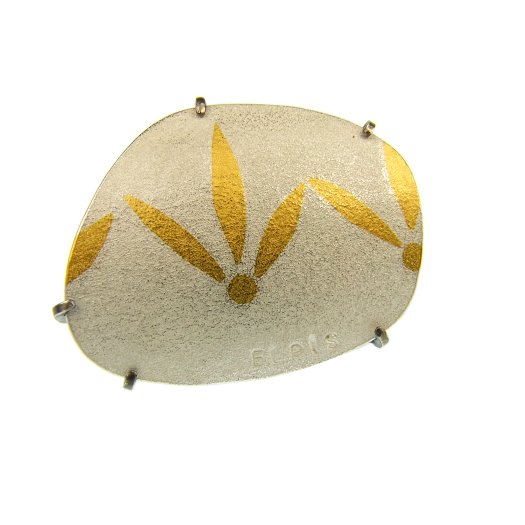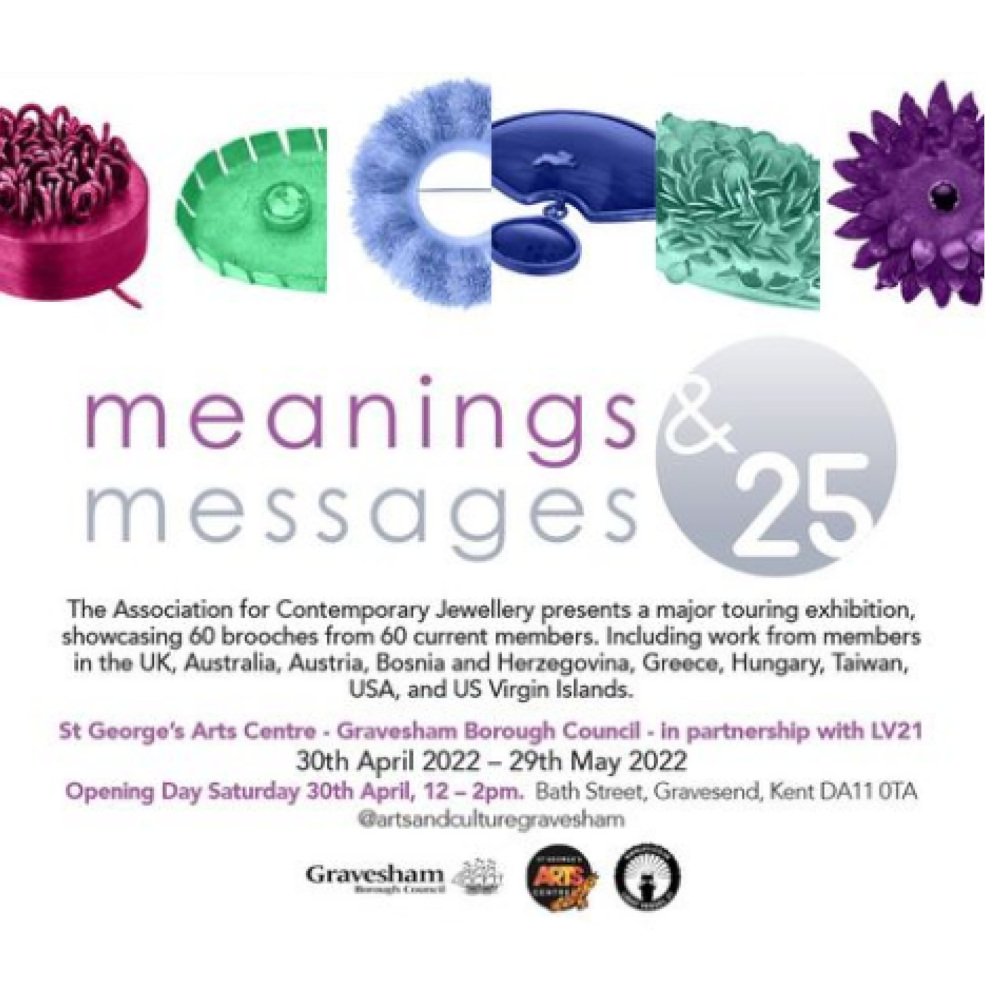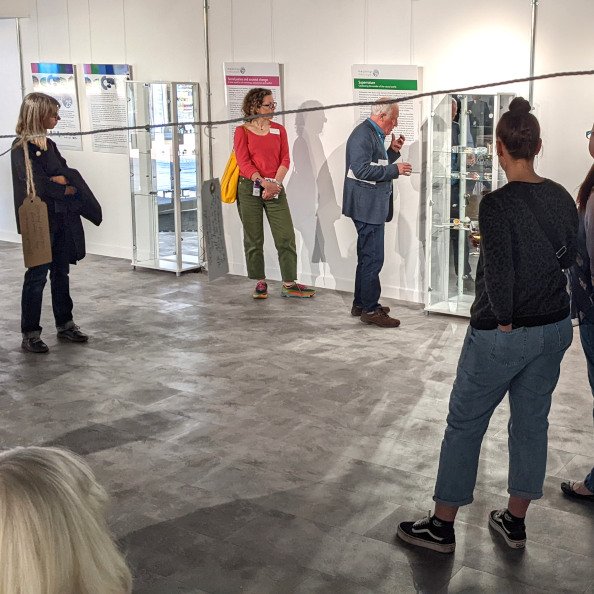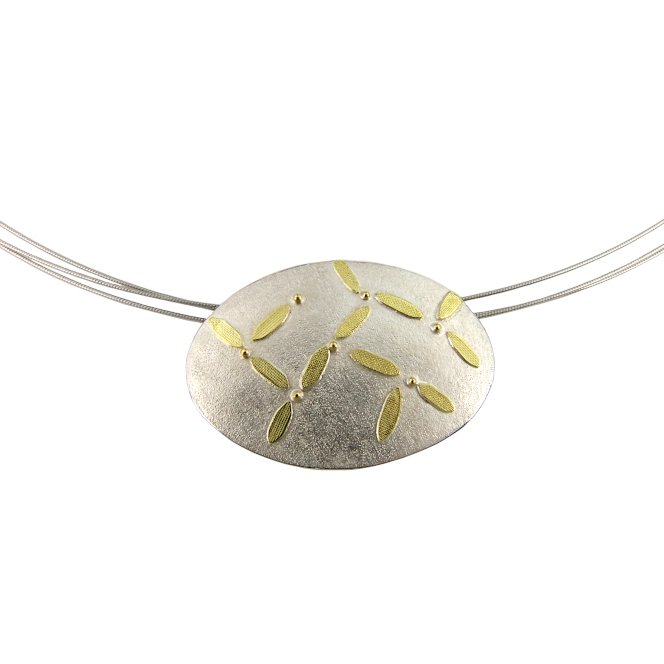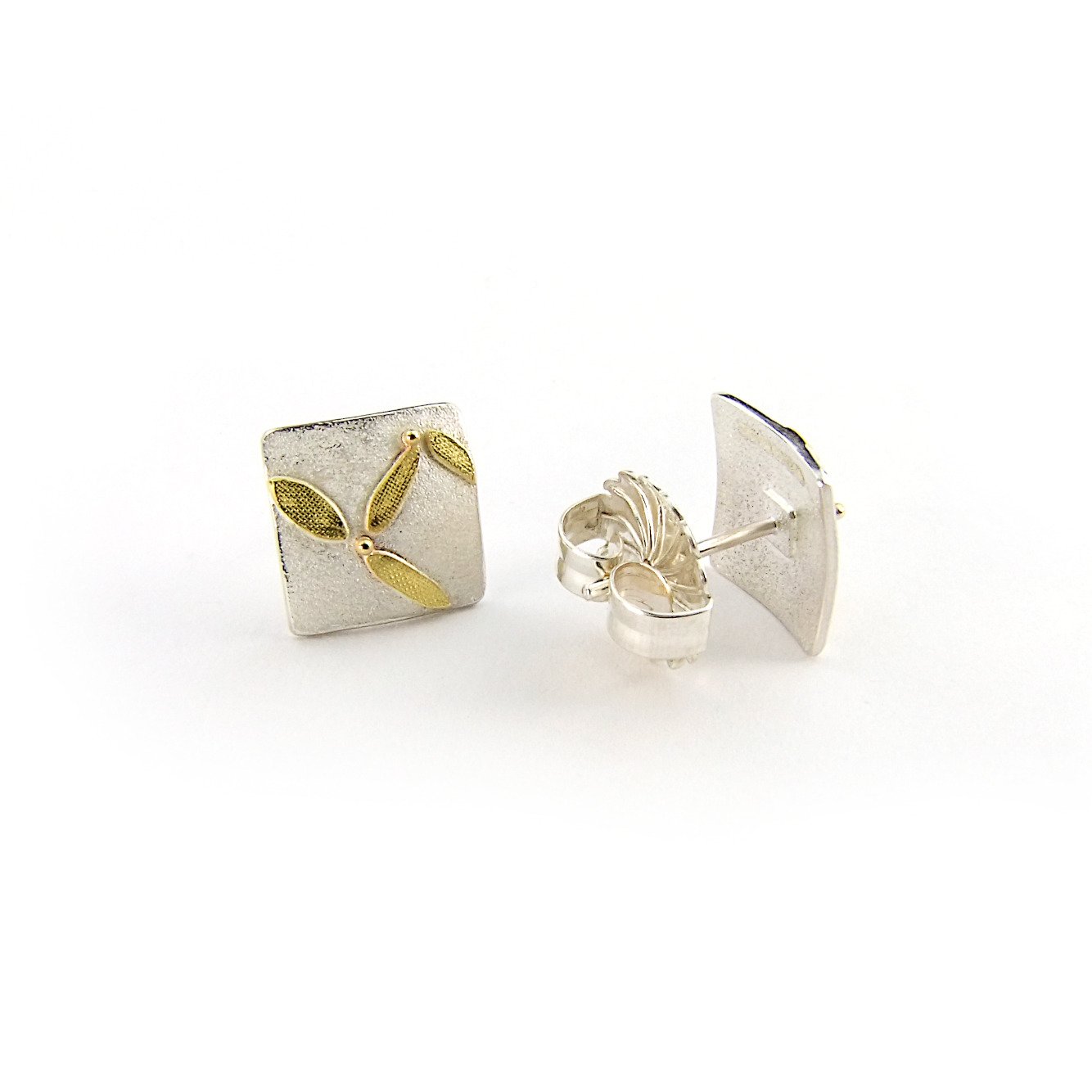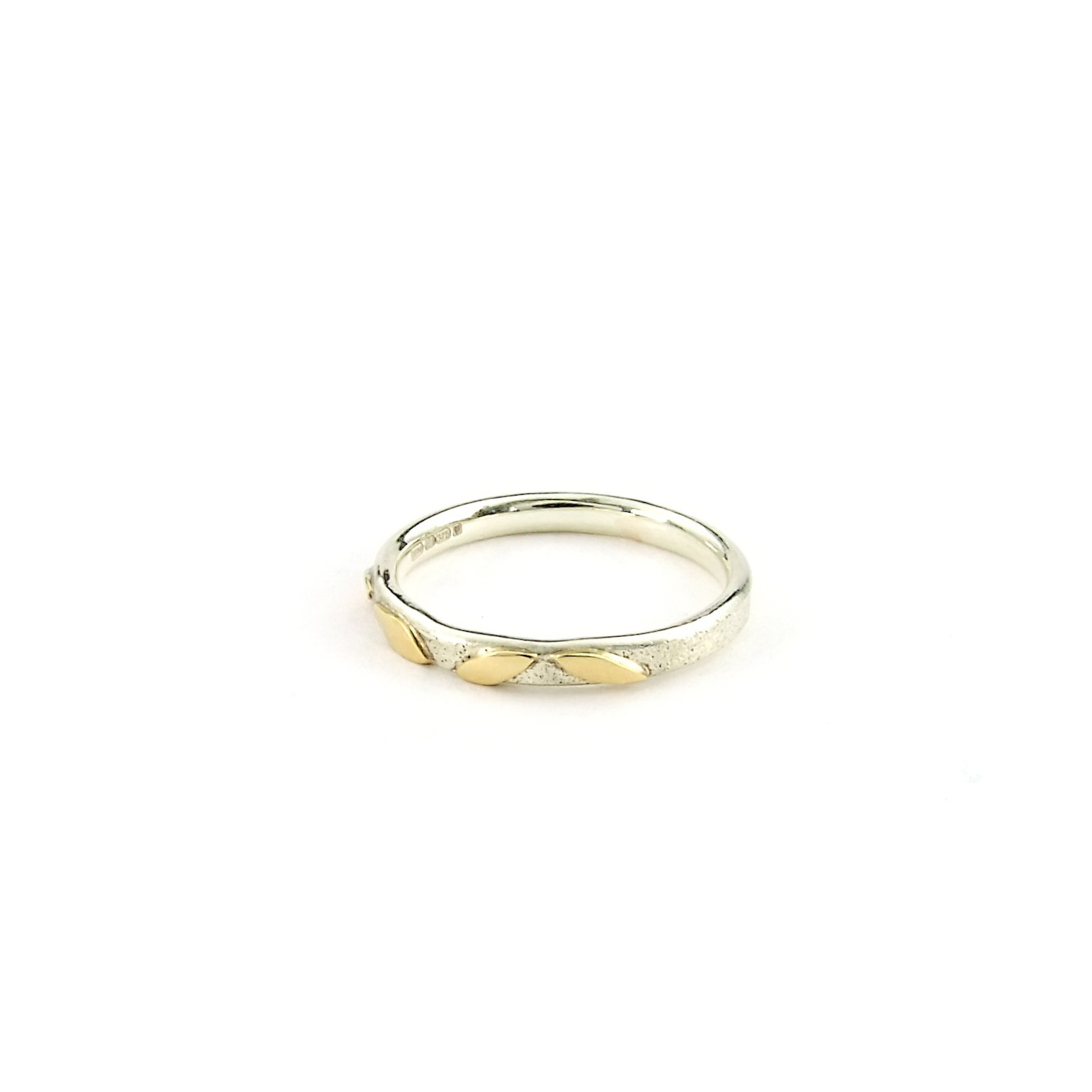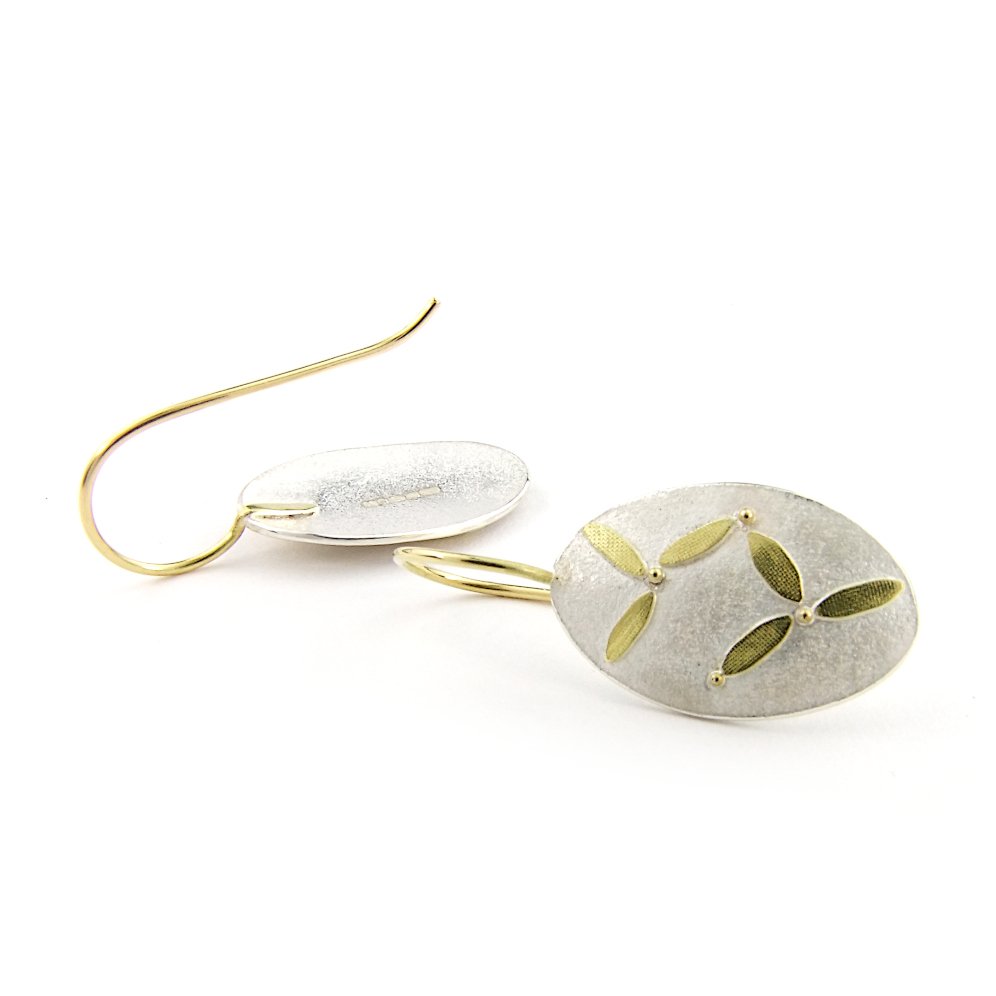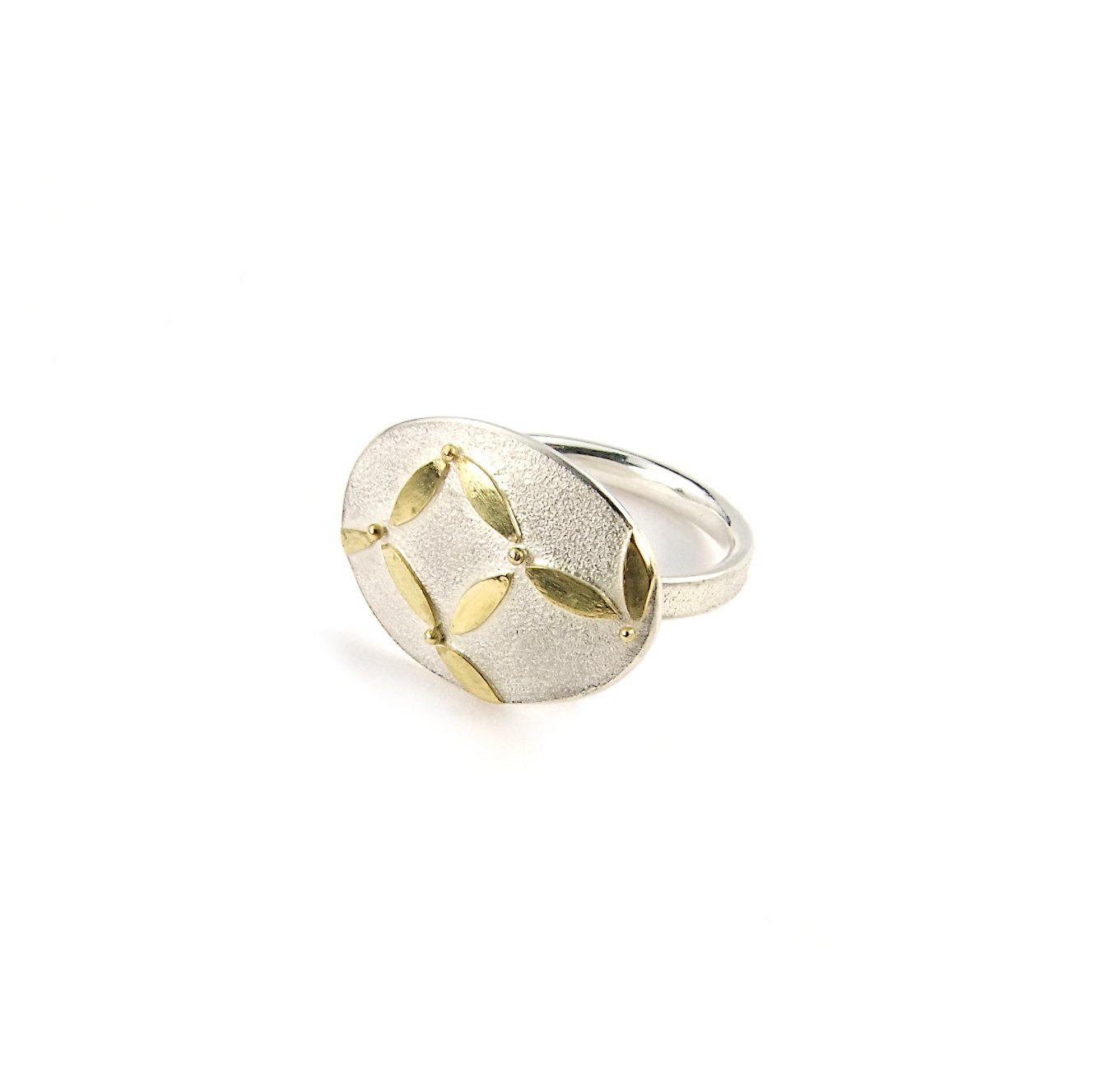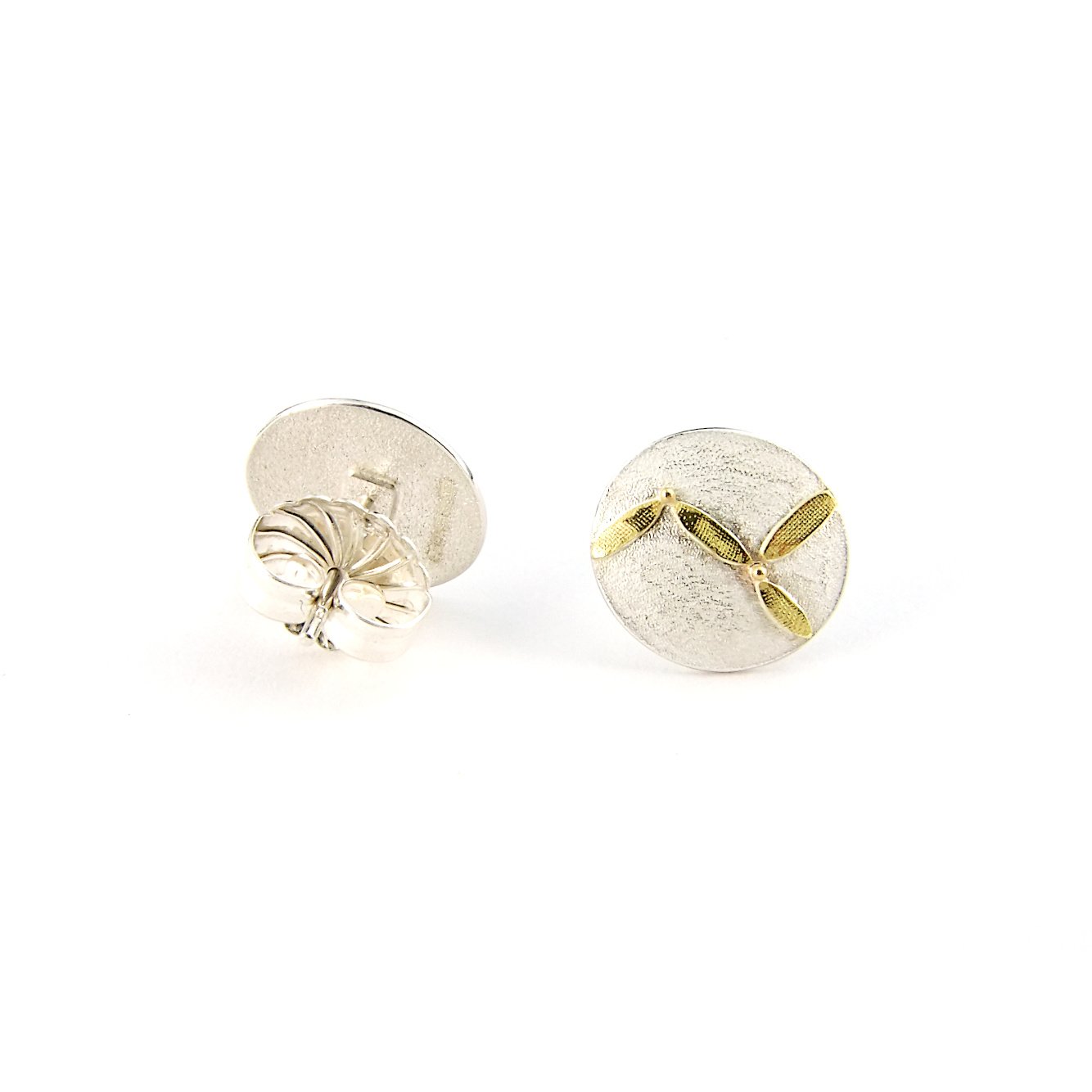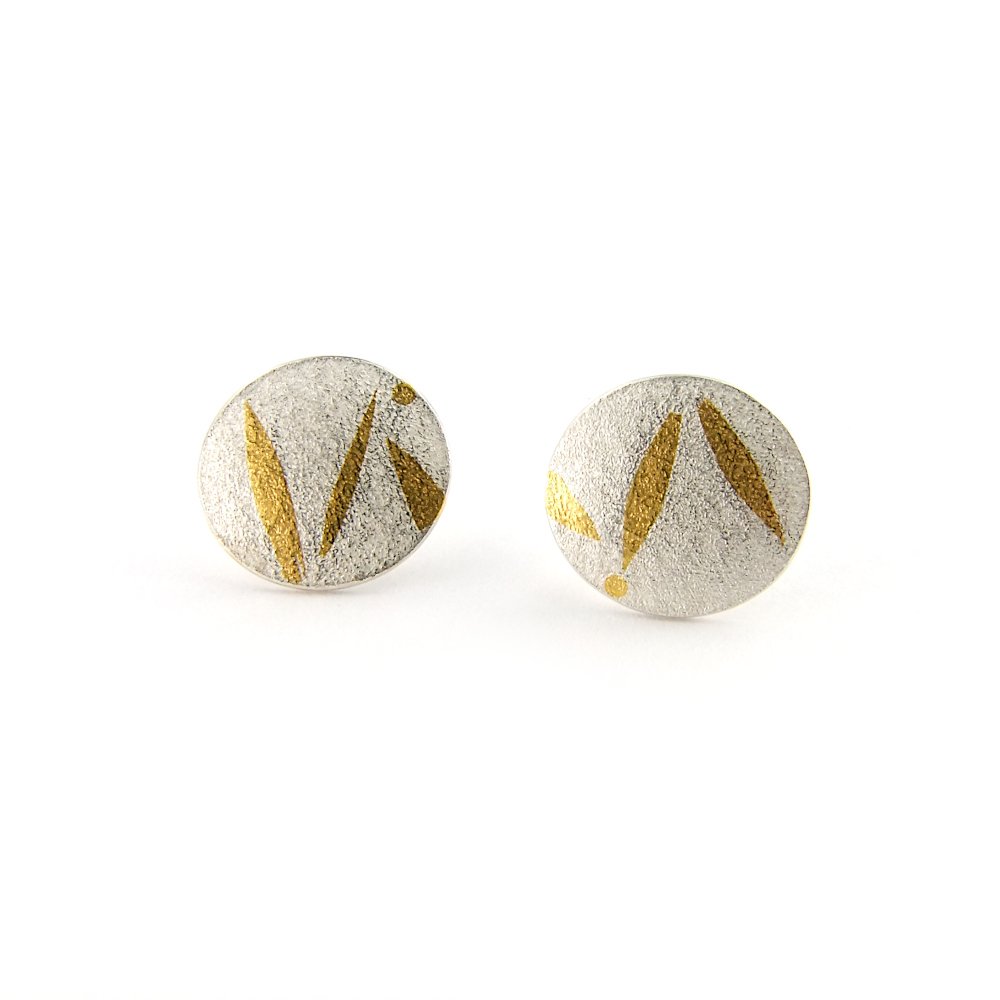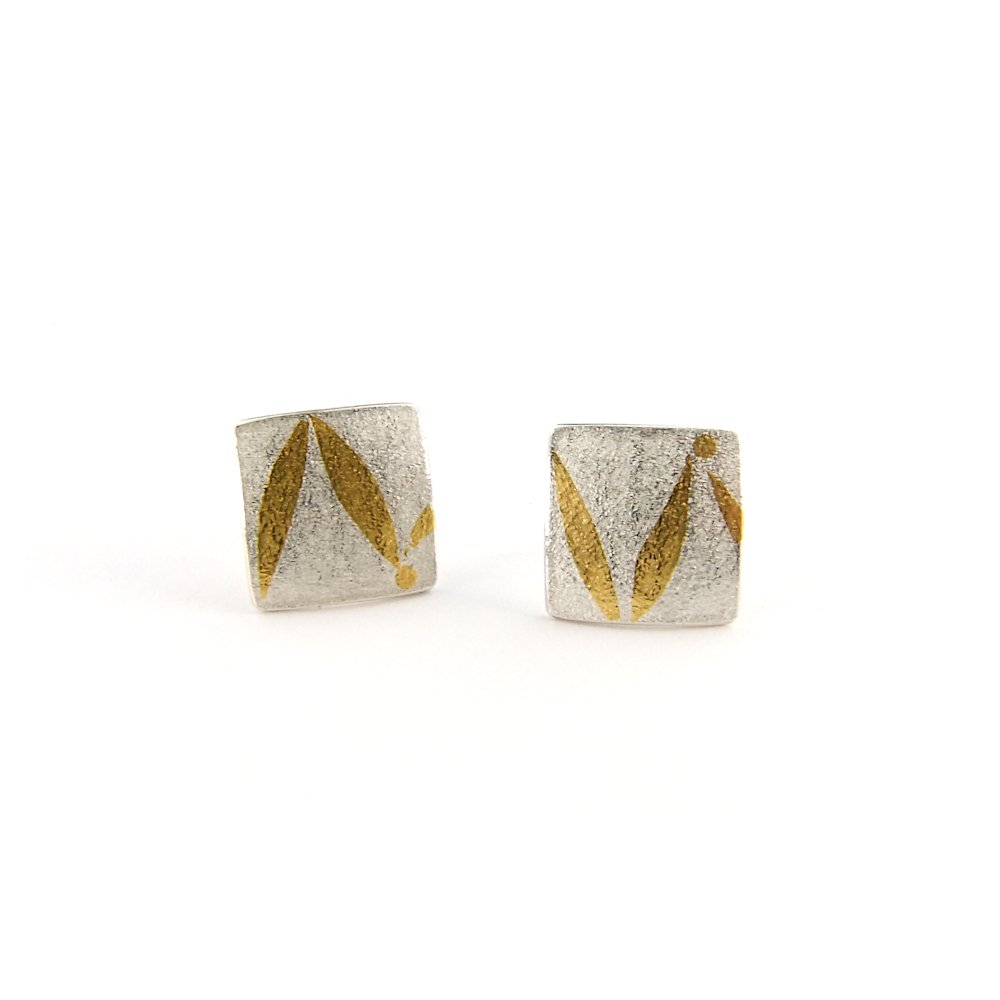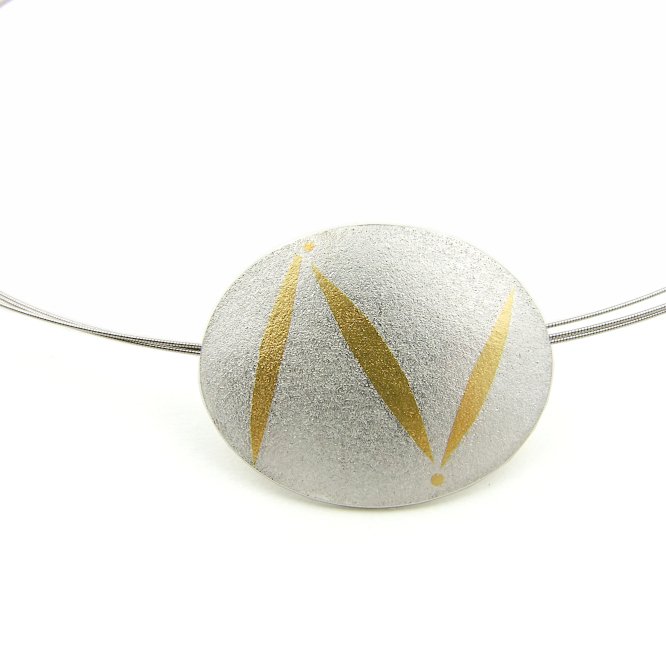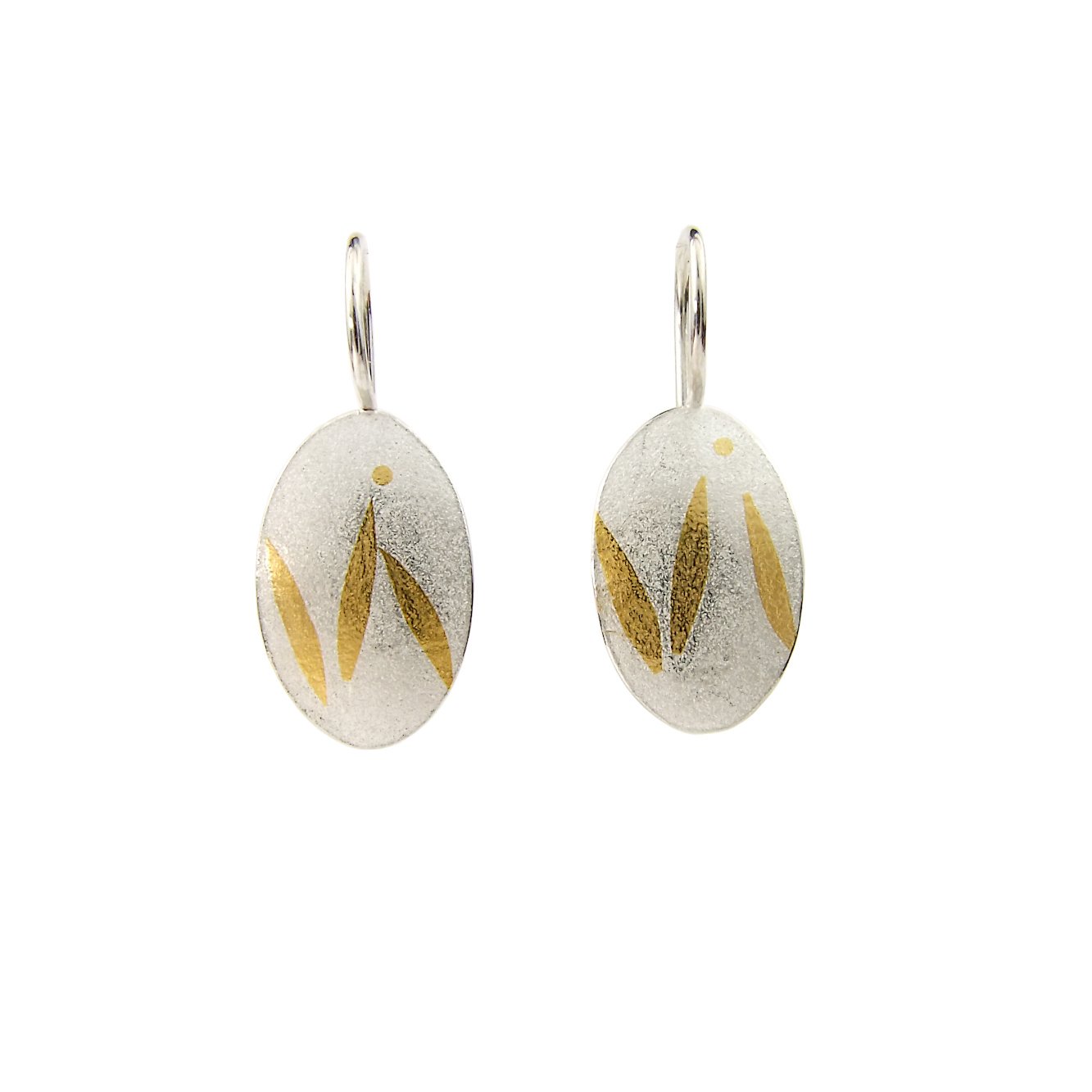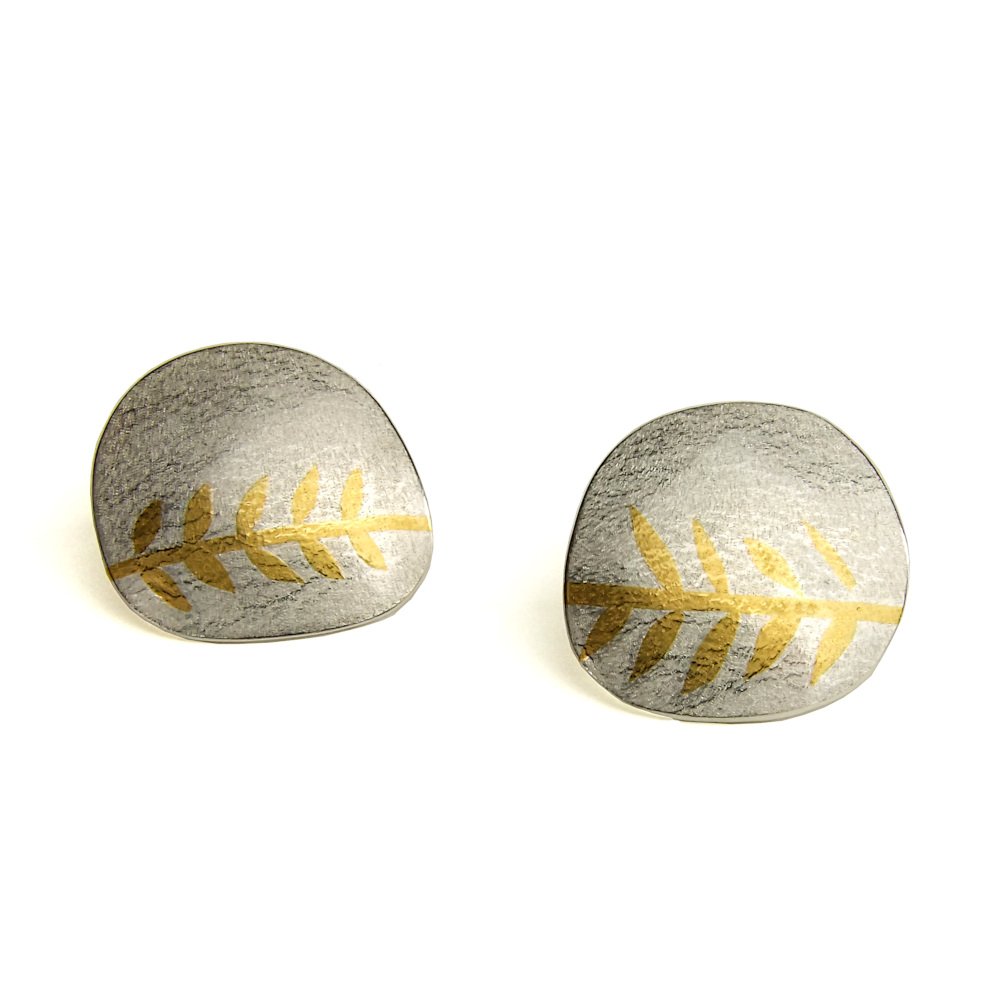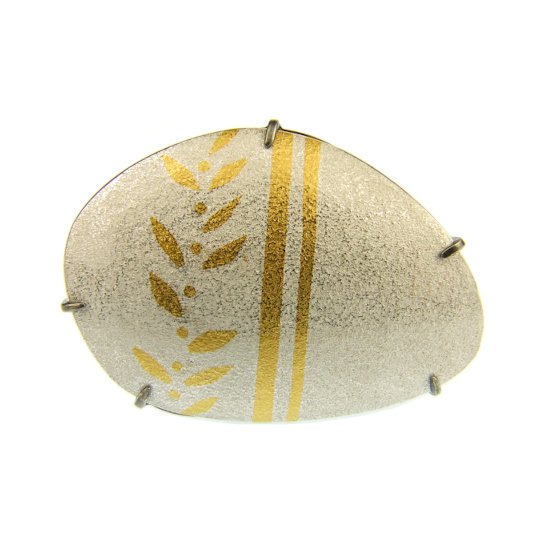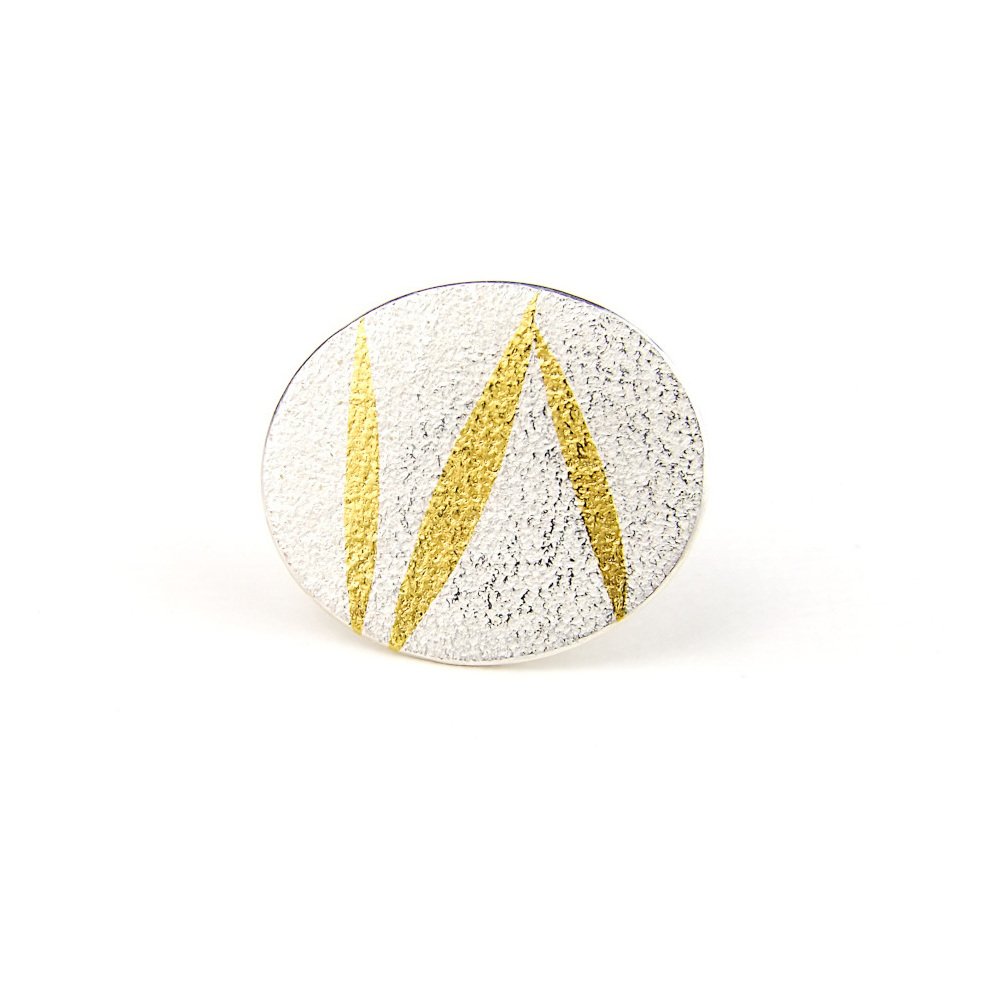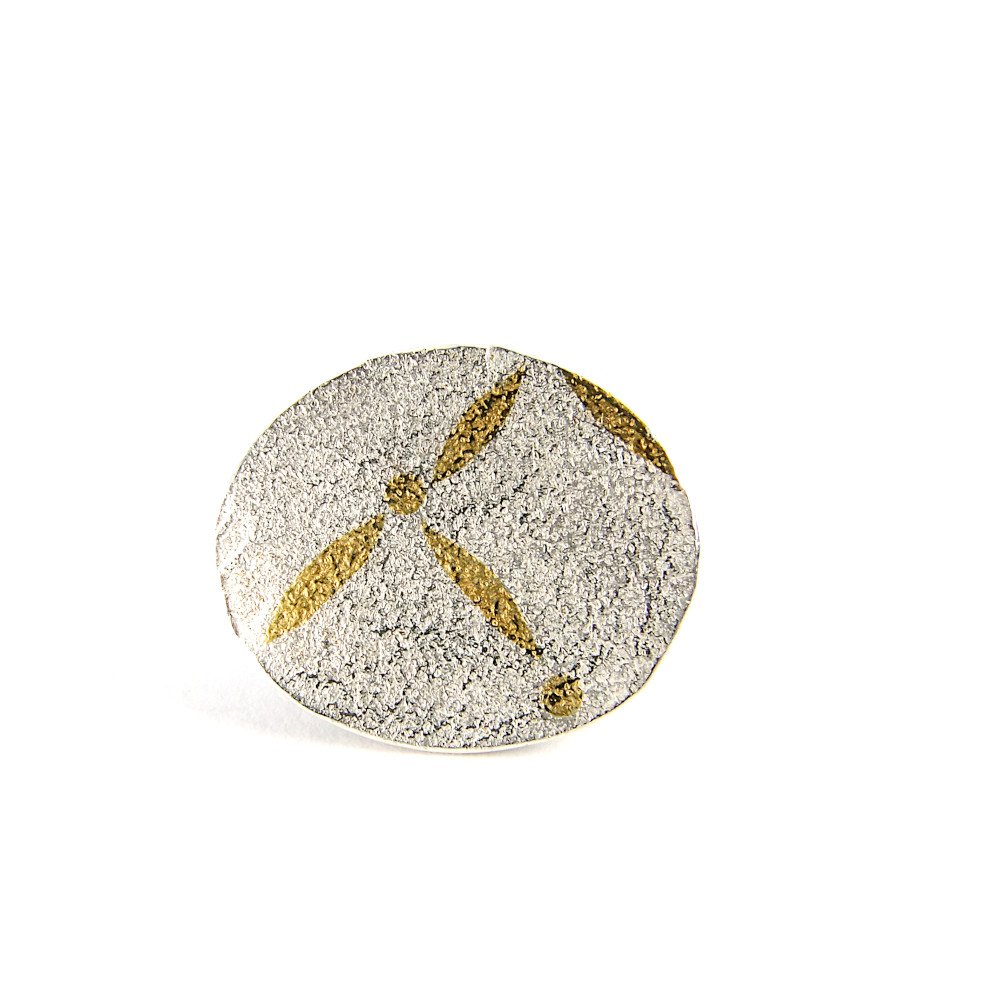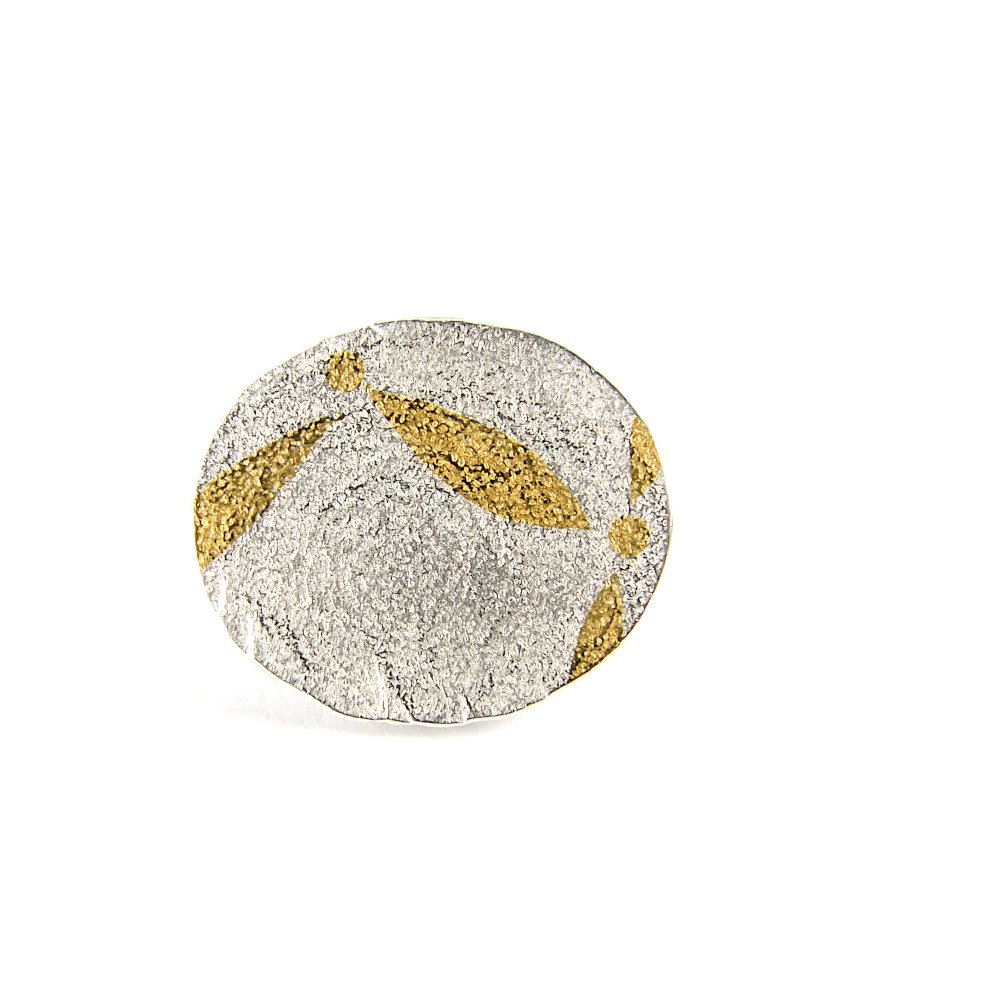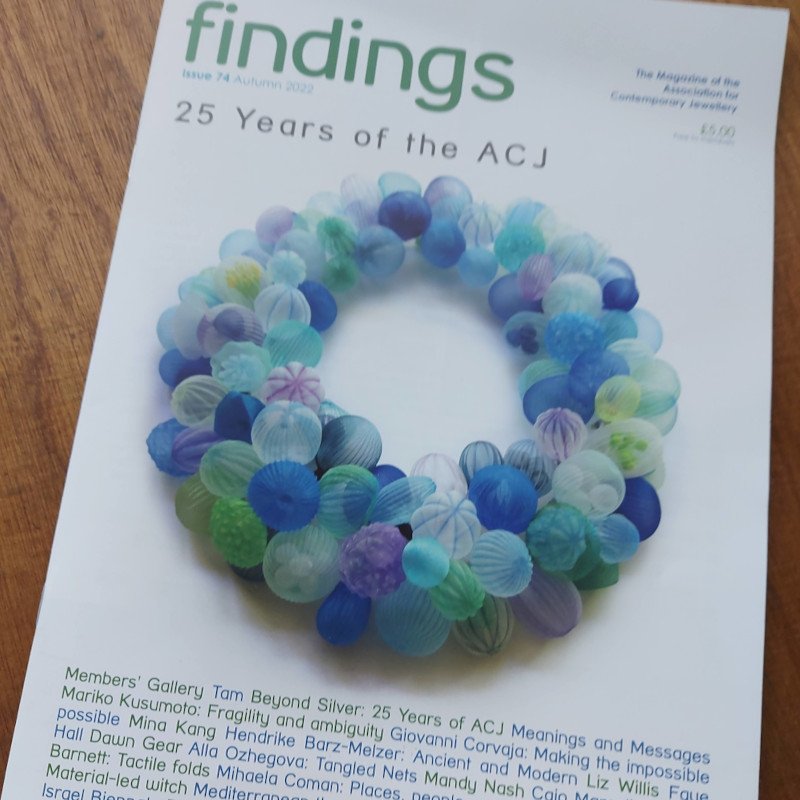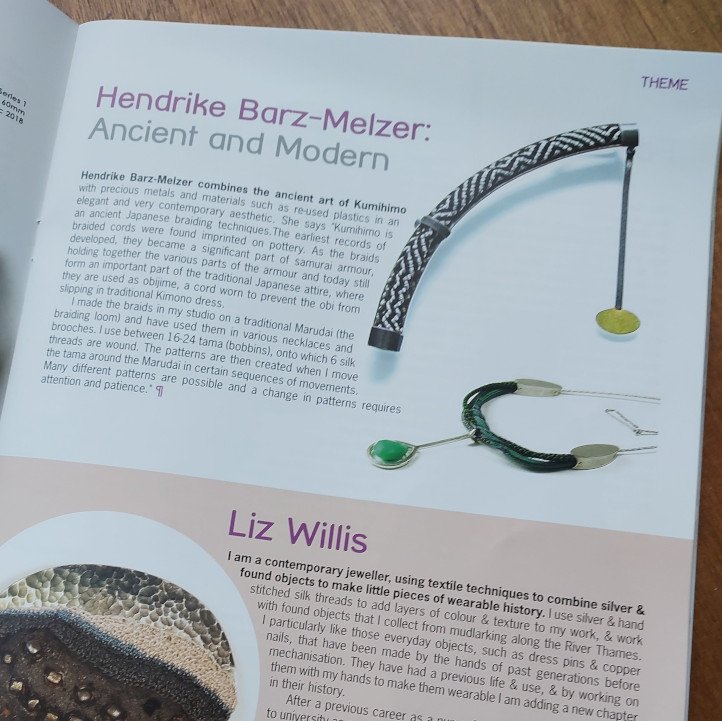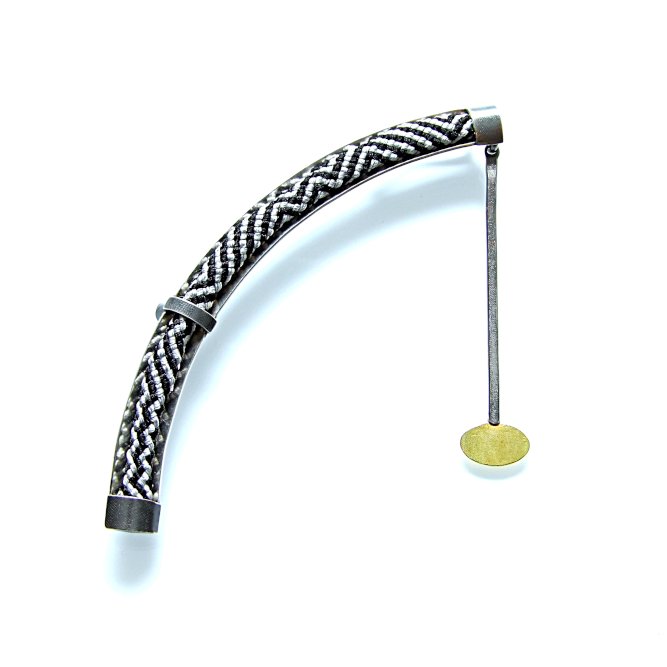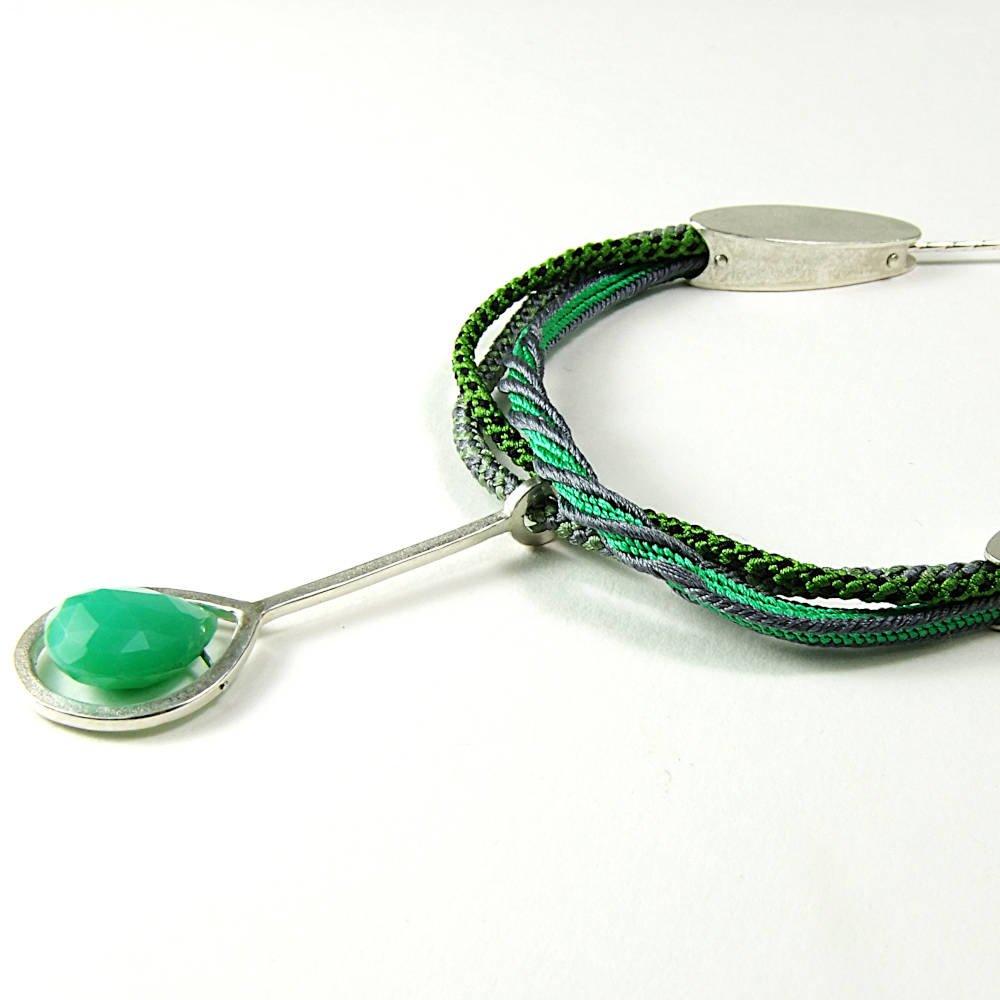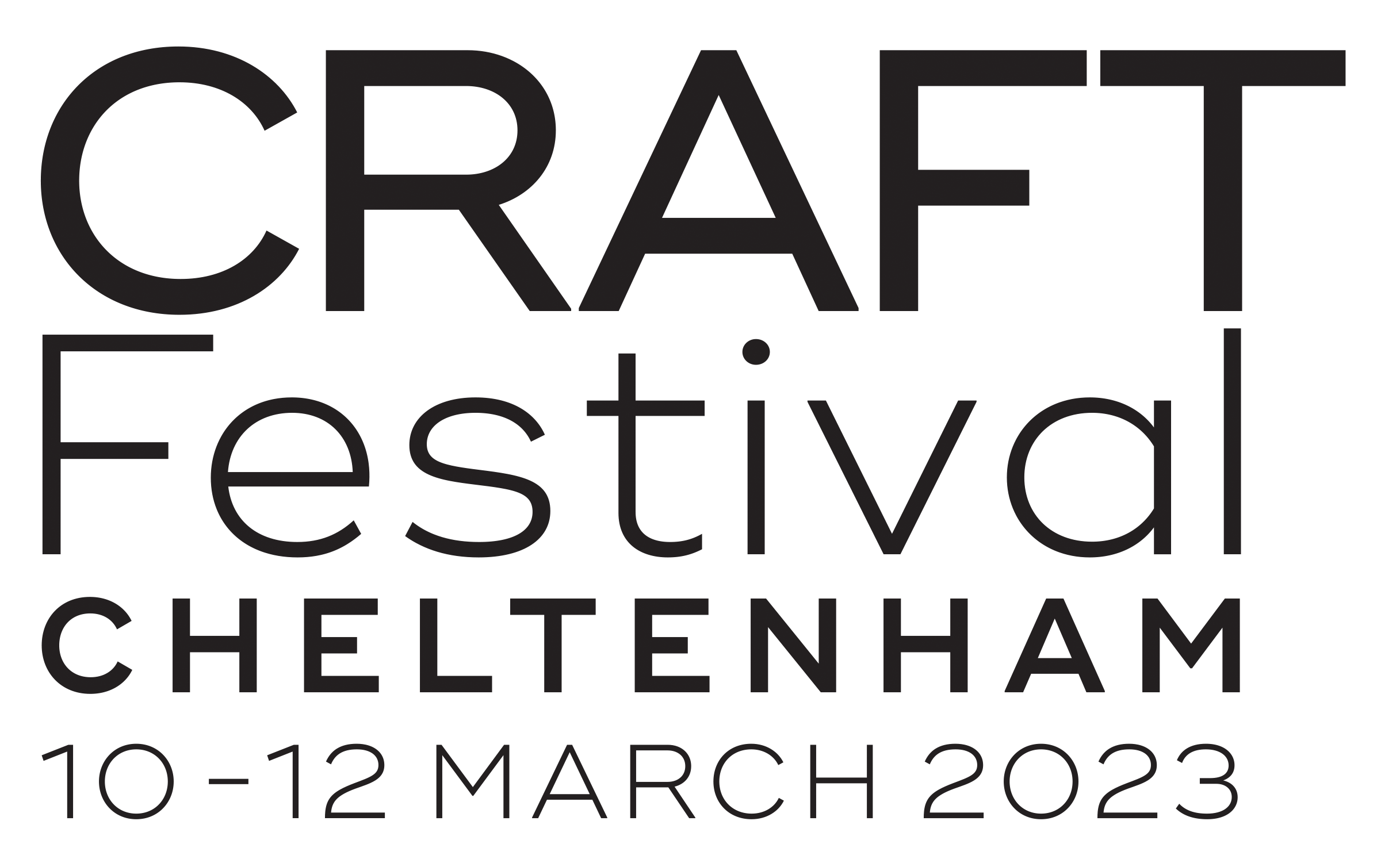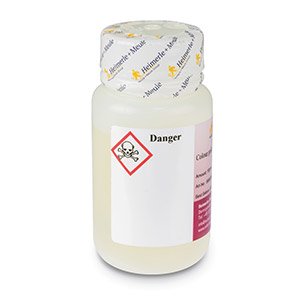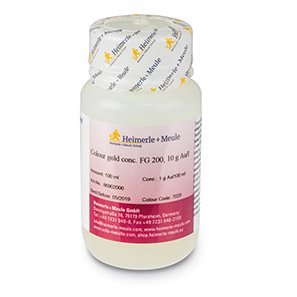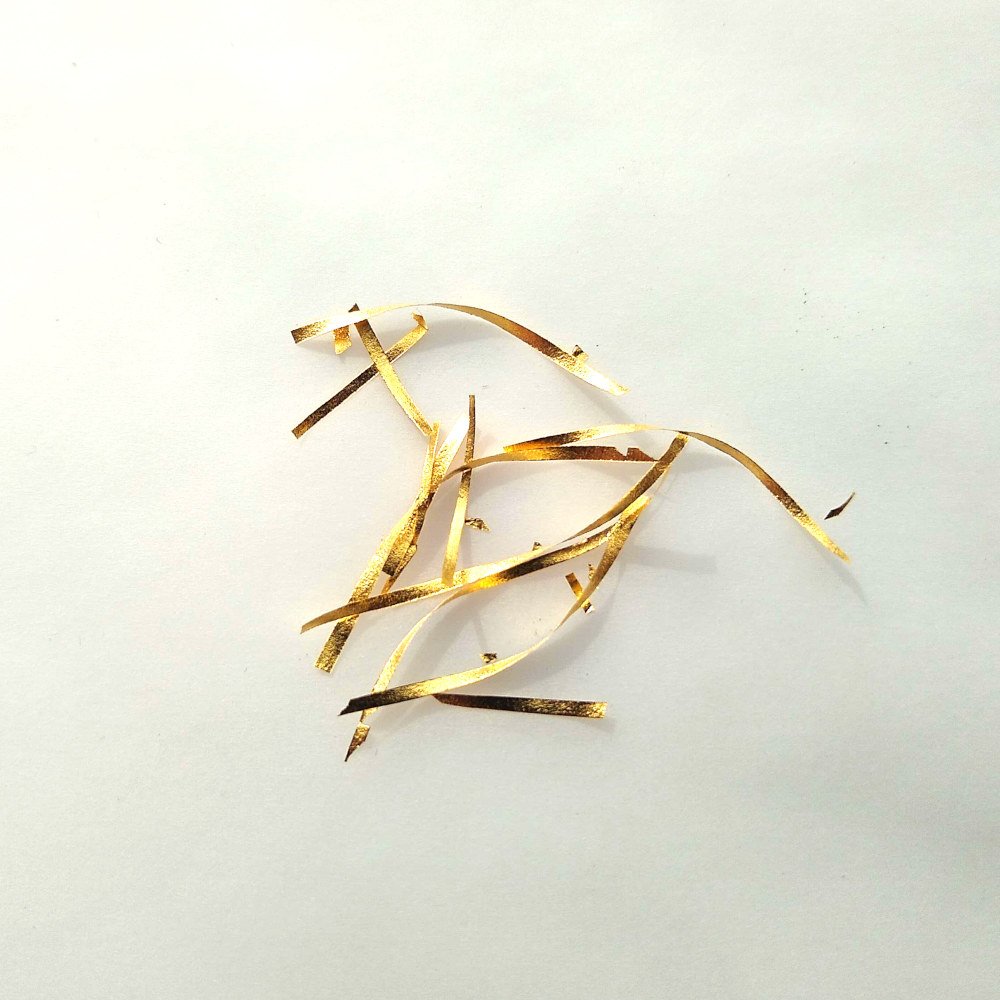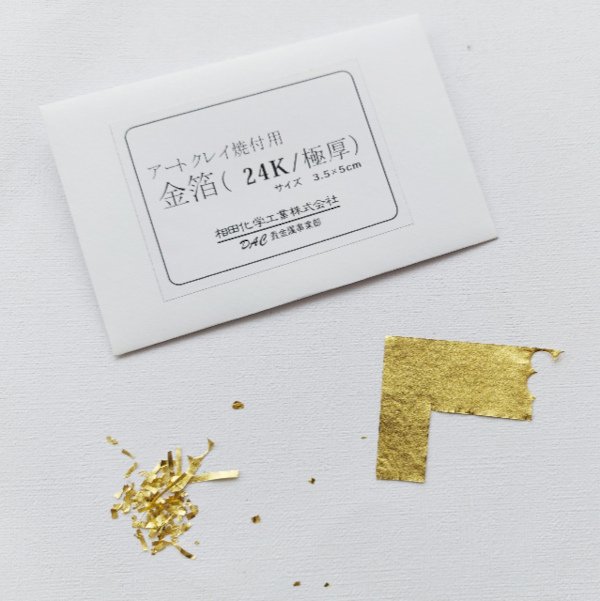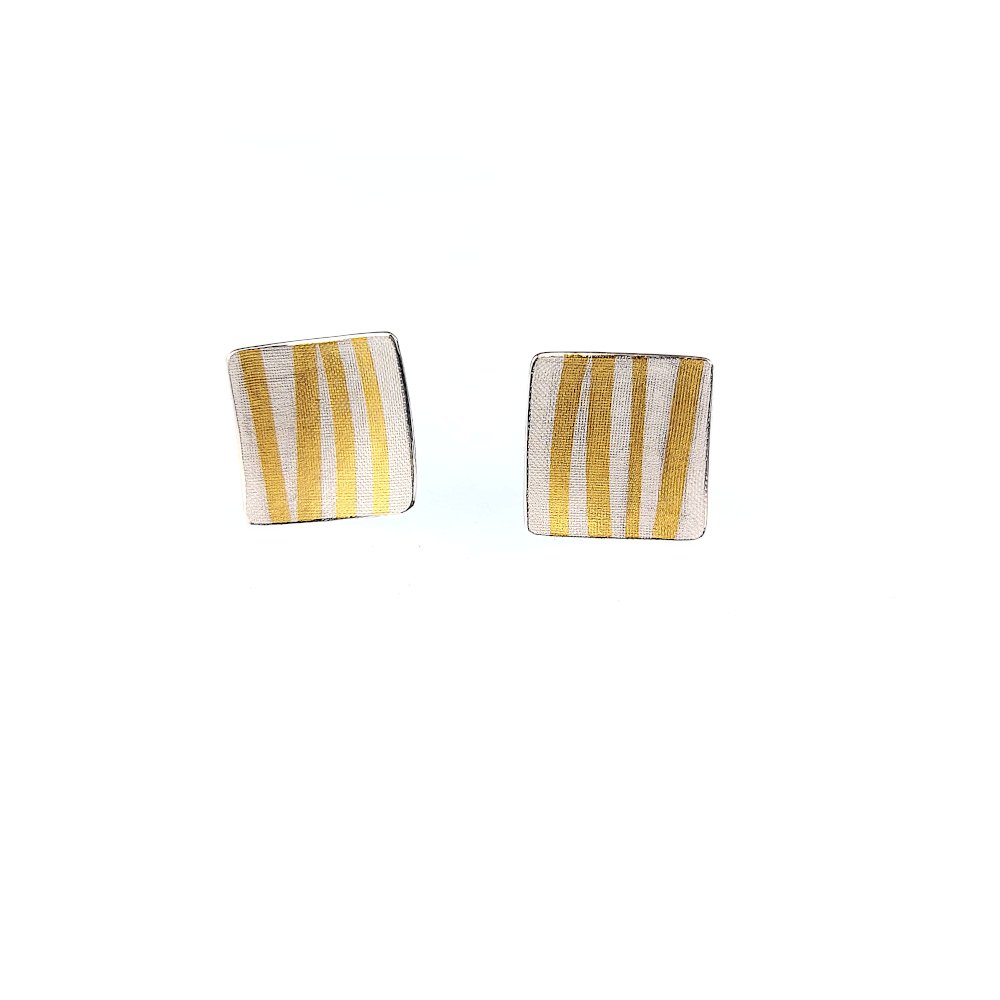I think many people agree that the end of the year is always a time to reflect on the past months and to make plans for the coming year. As a mother, teacher and independent business life is always busy, it never stops and it is easy to forget or only focus on the things that were difficult or didn’t go to plan.
So, as part of this review I wanted to use this last Blog of the year to go over the things that I am particularly proud of having achieved this year!
And of course, I wanted to take this opportunity to thank you for your support this year - for reading my blogs, liking my posts and for purchasing my pieces! I wish you all well for the coming year: happiness, health and peace!
Blog
My monthly Blog was one of my biggest projects this year and one I am immensely proud of – proud because I actually did them! It wasn’t always easy to stick to my deadlines but I really enjoyed the research, writing and the opportunity to learn.
I wrote on a variety of subjects: some blogs were connected to my collection (e.g. Blogs 2 & 6), whilst others were more technical (e.g. Blogs 7-11). The technical blogs were definitely the more challenging and were written so as to expand my own knowledge on these subjects and of course to deepen my understanding on the environmental aspects. This often involved a sharp learning curve (thank you internet!), especially on anything related to chemistry – definitely not one of my favourite subjects at school.
I like to continue the blogs and look forward to seeing how they will evolve.
ACJ Meanings and Messages
The Association for Contemporary Jewellery (ACJ) celebrated its 25th anniversary this year and as part of these celebrations it had planned a touring exhibition with the title Meanings and Messages. The Association invited members to submit entries – brooches – with this title in mind. I was very fortunate that my entry, Elpis Brooch, was one those selected. When visiting the private view at its first venue I was overwhelmed by the imagination and breadth of interpretation of all the entries. I wrote a separate Blog about this exhibition which you can read here.
This show is still ongoing and will travel next to the Goldsmiths’ Centre in London where it will be shown from 9th January – 24th February 2023. The last venue will be at New Brewery Arts – 4 April – 18 June 2023.
Current Collection Interrupted Patterns
The above brooch was the starting point for my current collection, Interrupted Patterns, which I launched at the Craft Festival at Bovey Tracey in June, where it was very well received. The collection had started with reading Greek mythology, a visit to the ancient Greek collection at the British Museum and focussing on the use of patterns on these artefacts. Writing about it in my Blogs helped immensely to focus my thinking and I loved being able to share the background and design process of these pieces.
Craft Festival Bovey Tracey
The Craft Festival at Bovey Tracey is a well-established craft fair and it was my first time exhibiting my work there in June this year. Following the pandemic, it was also my first in-person show again and it was wonderful being able to re-connect directly with customers and fellow makers. I was really impressed with the organisation and quality of the show and look forward to being there again next year!
Teaching
During 2022 I have continued to teach a variety of classes at the jewellery school of Rachel Jeffrey in Wheathampstead. In my regular day-time classes I ran a term-long project on Found Materials and Cold Connections. This was a wonderful opportunity for my students (new and more experienced ones) to look at their various old - and often broken - pieces of jewellery and to re-design them or re-use some of their elements. In doing so, we looked at the many ways different materials can be joined without using heat.
In another term we focussed on learning various techniques of making chain – again, a very interesting course and very much enriched by the input of all the students. I also taught a number of one-day taster courses, as well as some weekend-long intensive courses, such as my Keum-Boo course.
Being a teacher challenges my conceptions of what I know and my aim is always to make students feel comfortable and enable them to further their knowledge. If you would like to take part in any of my classes, please get in touch with myself or with Rachel Jeffrey.
Commissions
During the latter part of the year it was lovely to receive a number of interesting commissions and it was wonderful being able to closely involve the clients in the design process.
If you would like to commission a piece, please do get in touch. I would love to hear your thoughts and ideas and how we could explore them further together.
ACJ magazine Findings
In early December I was happily surprised to receive my copy of the ACJ magazine Findings and to find that some of my Kumihimo work was featured there. Kumihimo is an ancient Japanese silk braiding technique, originally used to make traditional Obi (belts) for Japanese kimono. I used this technique to create patterned silk braids and used them in various necklaces and brooches. Click here to find out more about this technique.
The focus of the Findings magazine was on textile techniques used by a variety of jewellery makers in their work. Thank you ACJ for including me!
Find a Maker and Made by Hand Online
Earlier in the year I applied to be included in these two online craft platforms and was very pleased to have been accepted. Both platforms represent and further the interests of selected makers. You can click to see me pages by clicking these links: Find a Maker and MadeByHandOnline
Next Year: 2023
Plans for next year are already well underway and I have accepted show offers on three exhibitions. The first two will be the Craft Festival at Cheltenham Town Hall from 10-12 March 2023 and the Craft Festival at Bovey Tracey, Devon from 9-11 June 2023. The Craft Festival in Cheltenham will be a new fair for me and I am looking forward to meeting new clients there. As mentioned above, I greatly enjoyed the Craft Festival at Bovey Tracey earlier in the year and look forward to being there again next year.
As I have not done any fairs in London since March 2019, I am also extremely excited to be taking part again in a Central London Fair in November next year. I can’t share any details just yet, but they will follow in due course!



